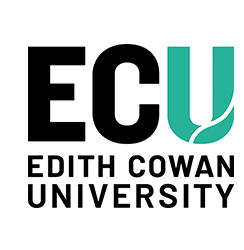The effect of hollow glass microspheres, carbon nanofibers and activated carbon powder on mechanical and dry shrinkage performance of ultra-lightweight engineered cementitious composites
Abstract
© 2021 Elsevier Ltd Hollow glass microspheres (HGMs) containing a large amount of recycled glass are used to develop ultra-lightweight engineered cementitious composites (ECCs), which are more sustainable comparing to standard ECC. Carbon nanofibers (CNFs) and activated carbon powder (ACP) were used to improve the mechanical and shrinkage properties of ultra-lightweight ECCs. The parameters investigated were flowability, compressive strength, flexural toughness, strain-hardening performance, and dry shrinkage. ECCs exhibited a density of 1449–1282 kg/m3 by replacing 60%–100% of its fly ash with HGMs, classified as ultra-lightweight ECCs. The inclusion of HGMs improved the flowability but reduced the compressive and flexural strength of composites. Results confirm the feasibility of developing an ultra-lightweight ECC with a compressive strength of 28.7 MPa and a dry shrinkage strain of less than 1250 microstrain when the composite is reinforced with CNFs. It is also shown that CNFs is more effective than ACP to control dry shrinkage and to overcome the adverse effect of HGMs inclusion on flexural performance of ECCs.
Document Type
Journal Article
Date of Publication
2021
Volume
280
Publication Title
Construction and Building Materials
Publisher
Elsevier
School
School of Engineering
RAS ID
39668
Copyright
subscription content


Comments
Aslani, F., Dehghani, A., & Wang, L. (2021). The effect of hollow glass microspheres, carbon nanofibers and activated carbon powder on mechanical and dry shrinkage performance of ultra-lightweight engineered cementitious composites. Construction and Building Materials, 280, article 122415. https://doi.org/10.1016/j.conbuildmat.2021.122415